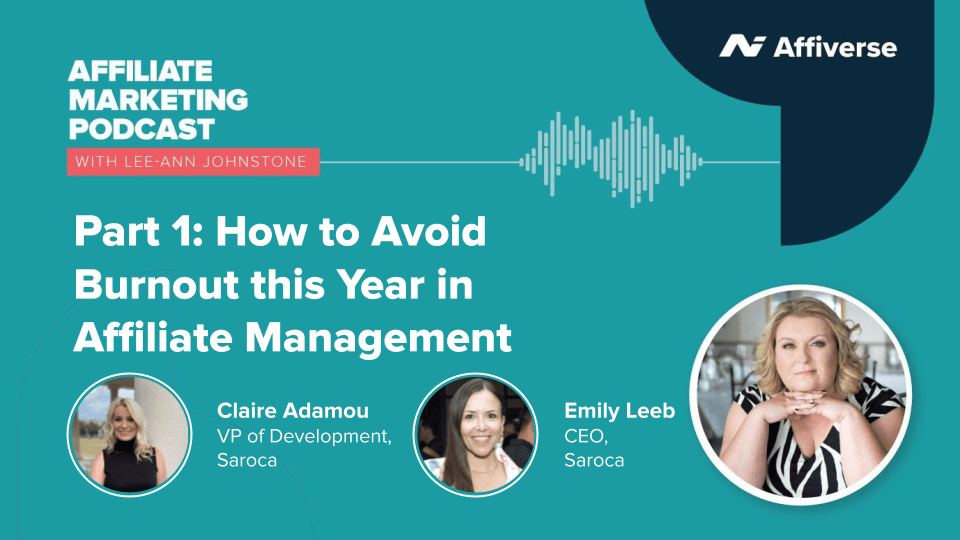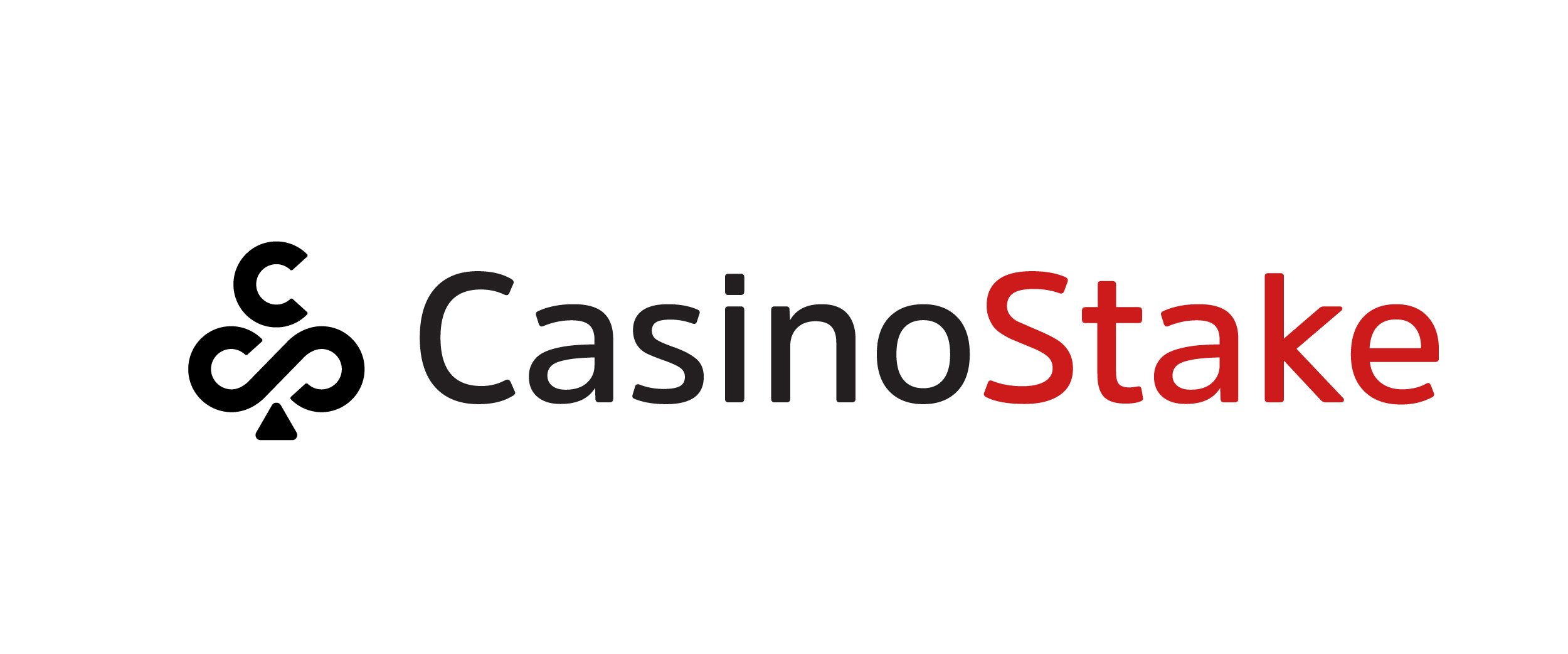Affiliate fraud is becoming more and more common in affiliate marketing campaigns. This means that there is an increase in the number of affiliate marketers (those earning commissions through the promotion of a business or product) who are acting fraudulently in order to increase the commissions they are earning. Affiliate marketing is growing in popularity constantly and has proven to be a successful way for companies to grow their audience and expand their market reach. Businesses are now spending around $8.2 billion yearly on affiliate marketing campaigns, showing just how much affiliate marketing is worth to companies.
However, figures like this are also appealing to fraudsters. This high-profit and high-spending area is encouraging fraudsters to come up with increasingly complicated tactics to take advantage of this growing industry. Although advertising fraud has always been present, affiliate fraud is a new subcategory of this which is increasing in popularity, so businesses need to understand it better and know how to identify and prevent affiliate fraud from taking place in their affiliate campaigns.
What is affiliate fraud?
Affiliate fraud is a type of advertising fraud where affiliate partners are using illegal techniques to trick affiliate programs into paying them unearned fees. These attacks on average can cost companies anywhere between 20-65% in sales, which amasses to a huge percentage loss for businesses.
Here, we are going to cover five of the most commonly used forms of affiliate fraud and what you can do as a business to identify it and prevent your business from being targeted.
-
Click Fraud
The first form of affiliate fraud is known as click fraud. Click fraud is taking advantage of the Cost-Per-Click (CPC) advertising model where affiliate partners are paid a commission based on how many clicks their adverts receive. Click fraud is easy to do using click farms or even by manually clicking their own adverts themselves to generate fake clicks. Those who are more sophisticated at click fraud may use bots or malware to infect user devices and generate extra clicks. This is a form of affiliate fraud that does not show signs of slowing down, with over 14% of all CPC clicks estimated to be fraudulent. This can lose businesses around $20 billion globally.
-
App Install Fraud
App installs fraud is also commonly known as Cost-Per-Install (CPI) fraud, which is one of the most regularly used versions of affiliate fraud. CPI is where affiliates are paid a commission for each successful install of an app, which has become increasingly popular for mobile companies. This is particularly true for mobile gaming companies that are looking to increase their number of app users. Mobile games currently comprise around 21% of the market share on the Apple Store, meaning they are popular but with fierce competition, with reports indicating that companies were spending almost $295 billion on mobile adverts alone in 2021, up 23% from the previous year.
-
Lead Fraud
Lead fraud is taking advantage of the Cost Per Lead (CPL) advertising model which pays affiliates for generated leads by collecting user data. This is one of the most popular forms of marketing, with 84% of marketers using form submissions to generate leads. However, affiliates can alter this data by using bots to enter fraudulent forms or by purchasing lists of invalid email addresses which can be used to fill up a lead list. This can render lead lists almost entirely useless for businesses that have been targeted by lead fraud.
-
Acquisition Fraud
Acquisition fraud makes use of the Cost Per Acquisition (CPA) advertising model which works by paying affiliates per sale. This has been known as one of the most secure affiliate marketing models, however, affiliate fraudsters are now able to find stolen credit cards online and use them to make sales. The company will then need to not only pay the affiliate marketer but also often reimburse credit card companies for the stolen amounts. Around 30% of chargebacks are said to be from stolen credit cards and are estimated to cost companies up to $117.5 billion by 2023. If affiliate fraud is taken to the next level here, bots can be implemented to source stolen credit cards and finalise sales.
-
Cookie Stuffing
The fifth and final main type of affiliate fraud is known as cookie stuffing. This is where an affiliate partner will input third-party cookies from a variety of advertisers into a customer’s device. This means that any of the websites that are placed will earn the affiliate a commission if users buy anything through these links.
Knowing the main five types of affiliate fraud means that you are better equipped to identify it and steer well clear of it. This can help you to protect your marketing budget and ensure that you are working exclusively with trustworthy affiliate partners who will better your business through their hard work and dedication.























